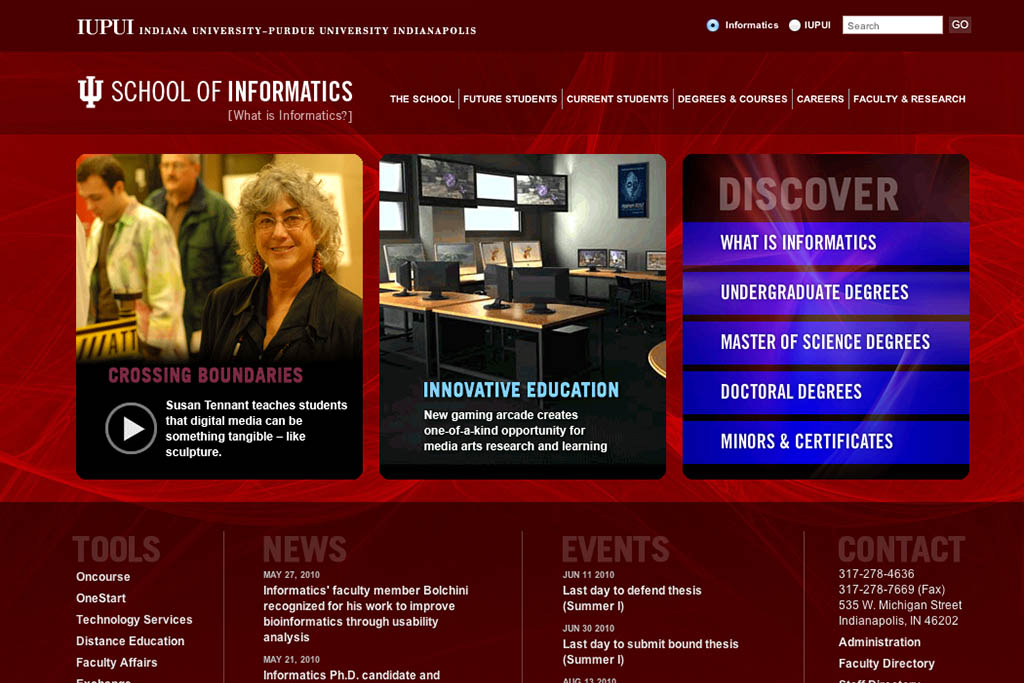Don’t redesign your website, continuously improve it
Sometimes redesigning a website is necessary. Before diving in, I recommend taking stock of your current website and whether a redesign is the right solution to your problem. My experience has been that often website owners are disappointed with a few aspects of their website. For example, it's not converting enough or the content has become dated.
The solution for these website owners is to either throw everything out (including the parts that are working) or migrate over the content and role out a new design, hoping a fresh coat of paint solves the problem. Website owners will follow this pattern over and over, redesigning their website every few years and neglecting them in-between.
A redesign of a website is a complete shot in the dark. The process takes months and in the end you have no idea if the changes will have a positive effect or not. The approach I prefer is to continuously improve the website over time, making smaller improvements that over time have a big impact. This continuous improvement involves user feedback and analytics to discover where the problems are with the current website. Making these smaller changes allows us to see their impact faster and with less cost than a redesign. It also gives you the chance to test out changes by running A/B tests on a particular section or page to see which performs better before committing to a change.
Your users will appreciate these smaller changes as well. An evolving interface is less jarring for your users. Redesigns usually result in major changes to the design and information architecture causing users to have to re-learn how to complete common tasks which can be frustrating. When these changes are implemented in a more gradual fashion, users will adapt better.
Take for example the website for the School of Informatics and Computing. It was completely redesigned (new design, architecture, and content) in 2009. It looks completely different today, but it has never been “redesigned” in the traditional sense. Over the last 12 years we have continually made investments in the site. Sometimes those projects focused on certain parts of the interface and other times it was a rewrite of content or changes to the information architecture.

SoIC website in 2010.
All changes to the website were driven by analytics and feedback from students. The changes were implemented with the goal of increasing leads for our admissions staff and making resources for current students easier to access.
A complete redesign may be the right solution for your website. Your business’ goals may have changed or the mission of your site may be different and need a top to bottom change. If not, I would consider doing user testing and stakeholder interviews to get to the bottom of what the problem is with your website and see if there are a series of smaller changes you can make to get the results you desire.
The process may take longer than a traditional redesign, but in the end you will get more certain results and begin to see notable improvements earlier.
If you do go through a top to bottom redesign, come out of that project with a web maintenance and improvement plan to reduce the chances you’ll need a redesign in the future.